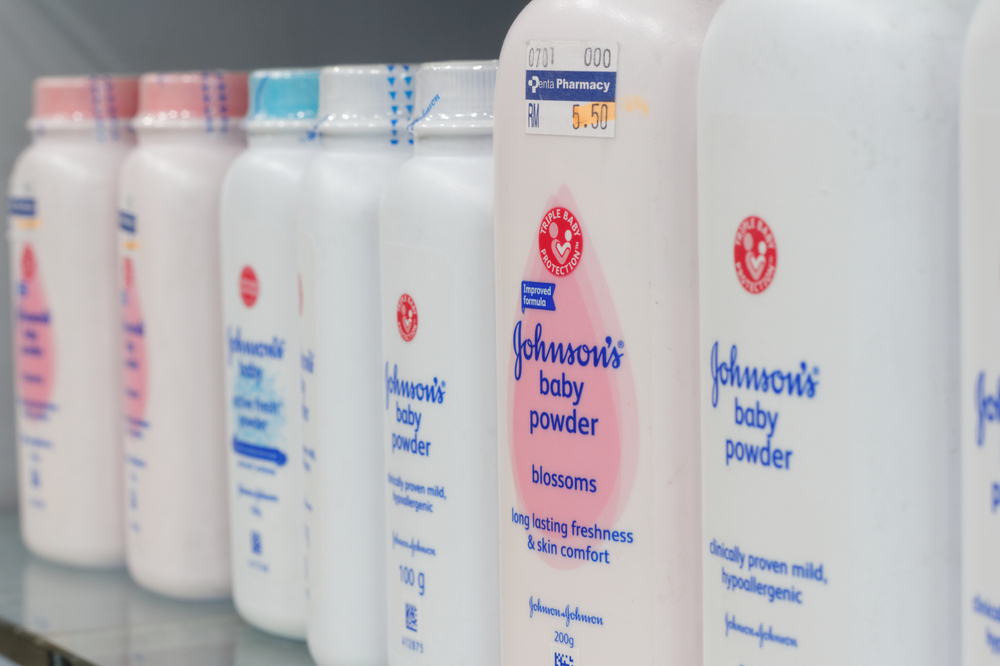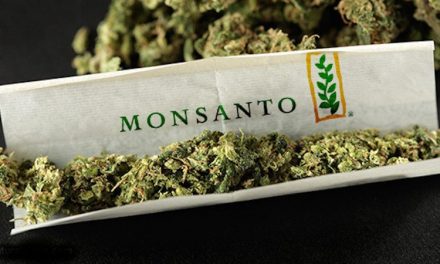On Tuesday, a Missouri appeals court ordered Johnson & Johnson and a subsidiary to pay $2.1 billion in damages to women who blamed their ovarian cancers on the company’s talcum products, including its iconic baby powder.
In July 2018, a record $4.69 billion in compensatory and punitive damages was awarded to the women. Today’s ruling slashed that decision by more than half.
Johnson & Johnson still faces thousands of lawsuits from customers who maintain its talcum products were contaminated with cancer-causing asbestos. The company declared last month that it would quit selling baby powder made from talc in North America, though it would continue to do so in other parts of the world.
RELATED STORY:
Kim Montagnino, a spokeswoman for Johnson & Johnson, said the company would seek further review of the ruling by the Supreme Court of Missouri and defended its talcum products as safe, adding:
“We continue to believe this was a fundamentally flawed trial, grounded in a faulty presentation of the facts. We remain confident that our talc is safe, asbestos free and does not cause cancer.”
Mark Lanier, the lawyer who represented the plaintiffs, urged consumers to throw out any baby powder they had in their homes. Six plaintiffs in the case died before the trial started, and five more women have died since the jury trial ended in 2018. Since this is a civil suit, he said:
“all you can do is fine them, and we need to fine them sufficiently that the industry wakes up and takes notice.”
RELATED STORY:
The appellate court noted in its decision that the company’s internal memorandums from as far back as the 1960s showed that its talcum products — referred to as the “golden egg,” “company trust-mark” and “sacred cow” — contained asbestos and that the mineral could be dangerous. The court said:
“A reasonable inference from all this evidence is that, motivated by profits, defendants disregarded the safety of consumers despite their knowledge the talc in their products caused ovarian cancer.”
“(the plaintiffs) showed clear and convincing evidence defendants engaged in conduct that was outrageous because of evil motive or reckless indifference.”
The court awarded $500 million in actual damages and $1.62 billion in punitive damages, reducing the original award of $550 million in compensatory damages and $4.14 billion in punitive damages after dismissing claims by some of the plaintiffs.
Johnson & Johnson has contended that inadequate testing methods and poor science were responsible for findings of asbestos in its products. But thousands of people, mostly women with ovarian cancer, have sued, saying they weren’t warned of the potential risks.
Indeed, internal memos uncovered during litigation revealed that Johnson & Johnson had been worried about the possibility of asbestos contamination in its talc for at least 50 years. Asbestos was first linked to ovarian cancer in 1958, and the International Agency for Research on Cancer affirmed it was a cause of the cancer in a 2011 report.
RELATED STORY:
Until 1980, when consumer advocates raised concerns that talc contained traces of asbestos, talc, a natural mineral known for its softness, was the main ingredient in baby powder. Talc also helped give baby powder its unique fragrance. After concerns were raised about the infamous carcinogen, the company began using an alternative powder made from cornstarch.
Though the scientific evidence was not conclusive, early lawsuits against the Johnson & Johnson pointed to talc as a cause of ovarian cancer. In later cases, plaintiffs’ lawyers focused on asbestos contamination as the culprit, saying the carcinogen could cause cancer even in trace amounts.
Talc and asbestos are natural minerals, and their underground deposits develop under similar geological conditions. As a result, veins of asbestos may crisscross talc deposits in mines.
Talc is an ingredient in many cosmetic products. Last year, the FDA issued several alerts warning that asbestos had been found in makeup, including eye shadow sold at Claire’s a popular teenage retailer.












